National Forest campgrounds are often found nestled within the vast expanse of unspoiled wilderness, providing a perfect backdrop for camping. Situated amidst towering trees, glistening lakes, and picturesque mountain ranges, campers can enjoy their surroundings and escape from the hustle and bustle of daily life. And camping here at Cave Mountain Lake Campground, we had just that. Our campsite was next to a tranquil babbling brook, and the trees that towered overhead with light spring green hues housed a wide array of birds that sang to us every morning—like nature's alarm clock. It was truly an escape from the world around us.
ABOUT GEORGE WASHINGTON AND JEFFERSON NATIONAL FOREST
Established in 1918, The George Washington and Jefferson National Forest (GWJNF) covers over 1.8 million acres in Virginia and West Virginia, making it one of the largest and oldest national forests in the eastern US. The story of this region stretches back centuries, intertwined with the footsteps of early settlers and the birth of a nation. Pioneers like Daniel Boone left their mark on the landscape and this area was once home to the ancestral Shawnee Tribe. Wildlife such as elk, mountain lions, and American bison roamed freely, but as settler populations rose throughout the region, extensive logging aided in the destruction of the land and drove the animals away. To preserve and protect the remaining landscape, the GWJNF was formed. More than a hundred years later, the rolling hillsides are heavily forested and filled with deer, foxes, weasels, and more. Thanks to the National Forest Service, the environment here is healthy and thriving. Efforts continue to combat invasive species, restore damaged areas, and protect endangered species that find refuge within GWJNF.
One of the prominent features of GWJNF is its extensive network of hiking trails that cater to both novice and experienced adventurers. Popular trails like the Appalachian National Scenic Trail, stretching 2,190 miles from Georgia to Maine, cross through this national forest. Just miles from our campground, the James River Foot Bridge, a part of the Appalachian Trail, was easily accessible. We loved talking with the hikers who were three weeks into their multi-month journey and hearing their stories of starry nights, rugged terrain, and active wildlife. We watched the pros enjoying a foot soak in the cold James River as we continued our hike through a mild yet beautiful stretch of the famed Appalachian Trail.
Staying true to their motto—Land of Many Uses—the GWJNF offers something for everyone, whether you are an avid outdoorsman or simply seeking solitude in nature. One of the major advantages of camping in a national forest campground is the ease of accessibility to available recreational activities. Cave Mountain Lake has a sand beach for swimming, a trail around the lake leading to several fishing piers, a large shaded picnic area, and is open for non-motorized boating. While camping here, we enjoyed nature walks accompanied by wildflowers and birds, abundant nature photography, having a picnic in the fresh air, romantic campfires, scenic drives to mountainous overlooks, and cooking meals together.
WHERE WE STAYED
There are 41 reservable campsites at Cave Mountain Lake Campground. Each site offers a picnic table and a fire ring, but no hookups. There are restroom facilities with flushing toilets and hot showers, a dump station, and potable water spigots to fill your fresh water tank.
In addition to Cave Mountain Lake, rangers and camp hosts recommended Sherando Lake and North Creek Campground for RV camping in this area.
It's important to note that each national forest campground is different, and amenities vary, so it's advisable to check in advance. Rules, amenities, nearby attractions, route info, and need-to-know info such as cell phone coverage can all be found for each individual campground at www.Recreation.gov along with a phone number to speak to a park ranger directly.Camping in National Forests provides an opportunity to connect with nature, but the natural surroundings and the chance to explore pristine wilderness are what make it such an unforgettable experience. Always remember to practice "Leave No Trace" principles when camping in a national forest by properly disposing of waste, respecting wildlife, and staying on designated trails. By following these principles, campers can ensure the beauty and integrity of the national forest campgrounds and public lands for future generations to enjoy.


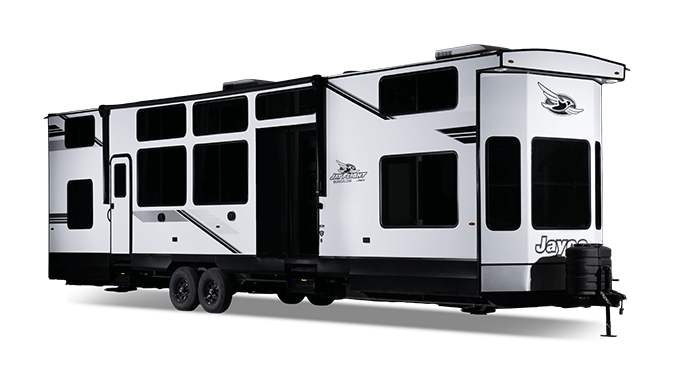
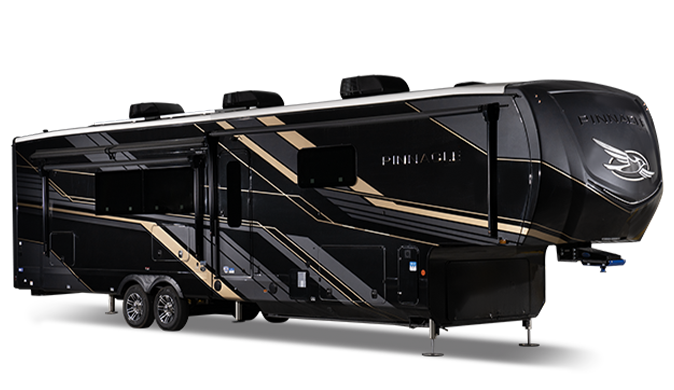
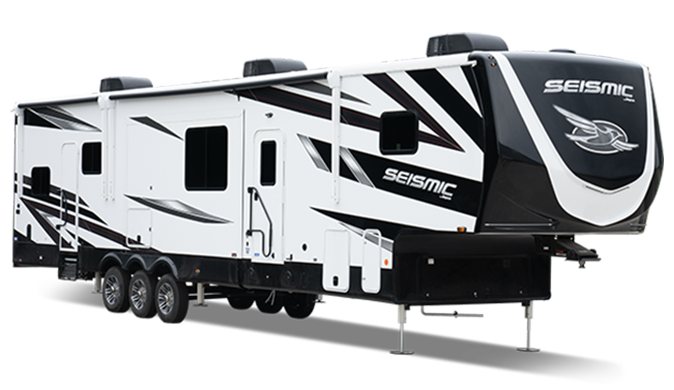

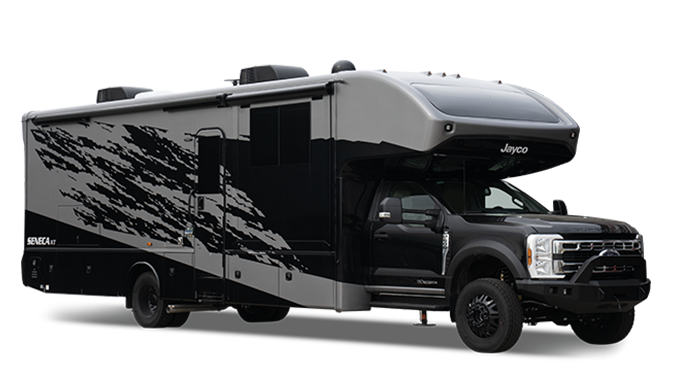
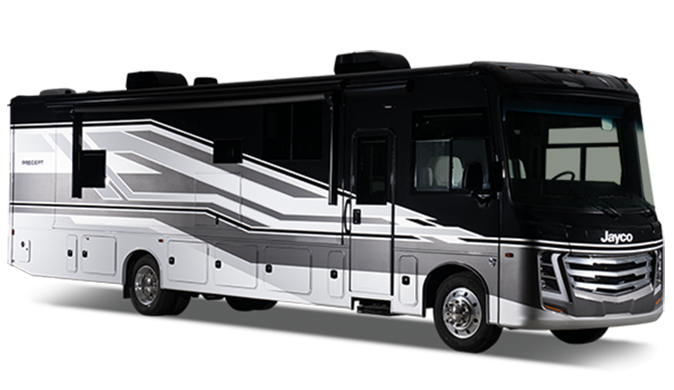


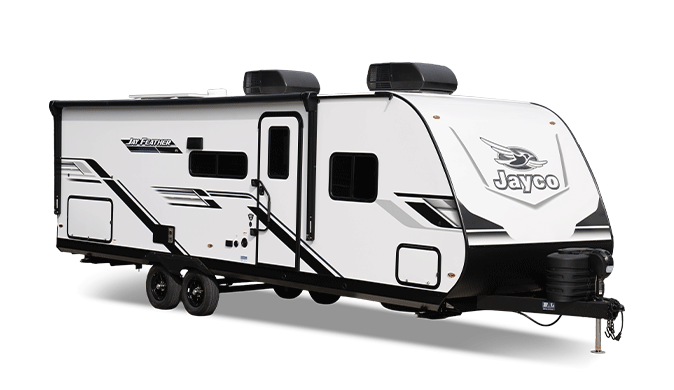







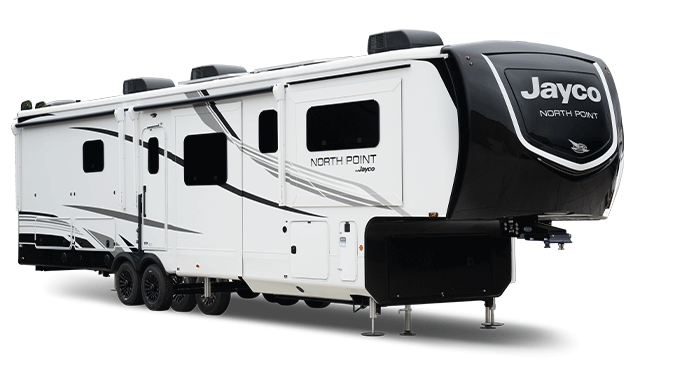

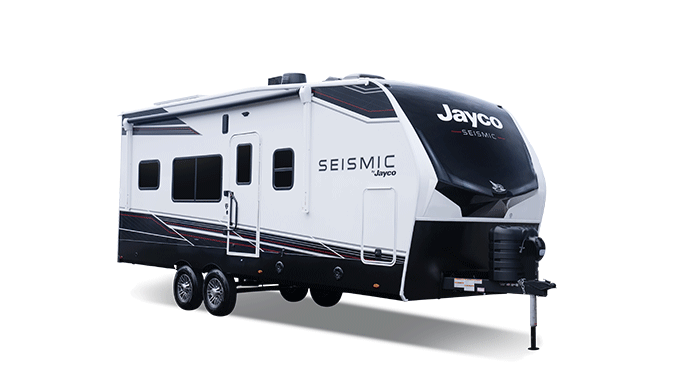





















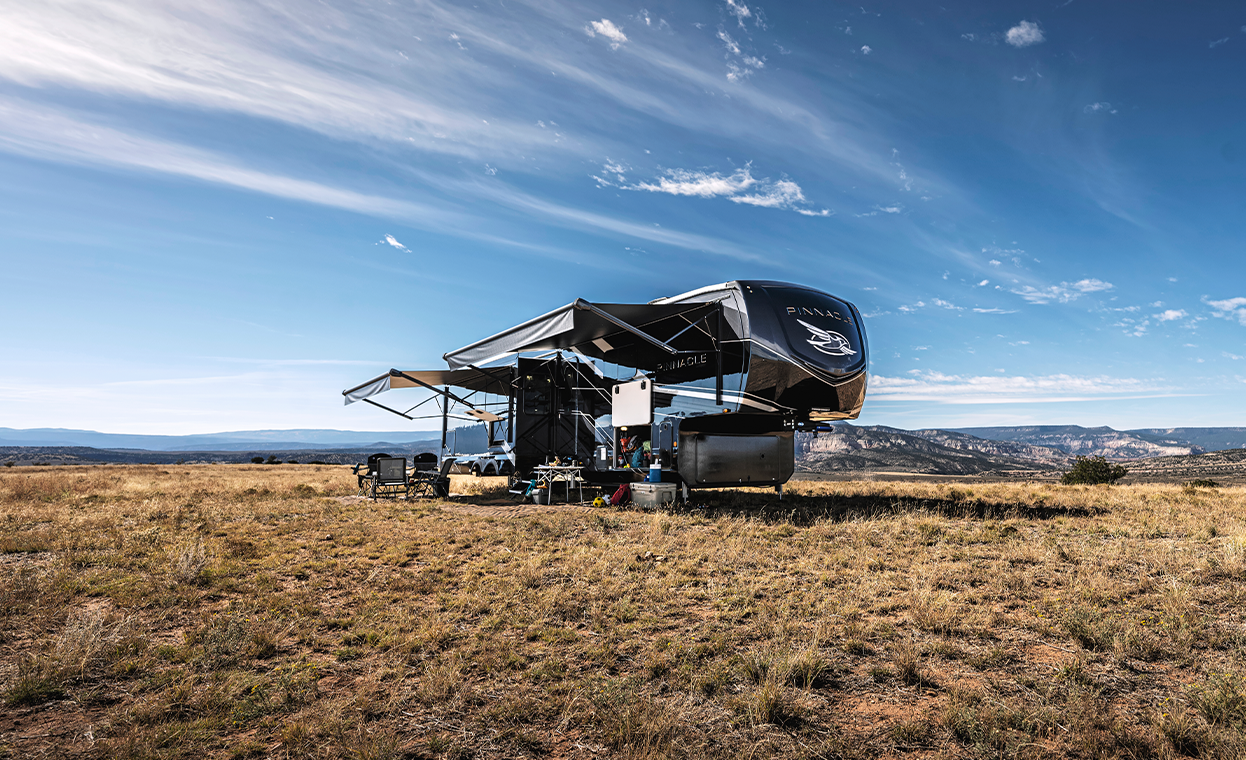
.png)
